Nov 10, 2025
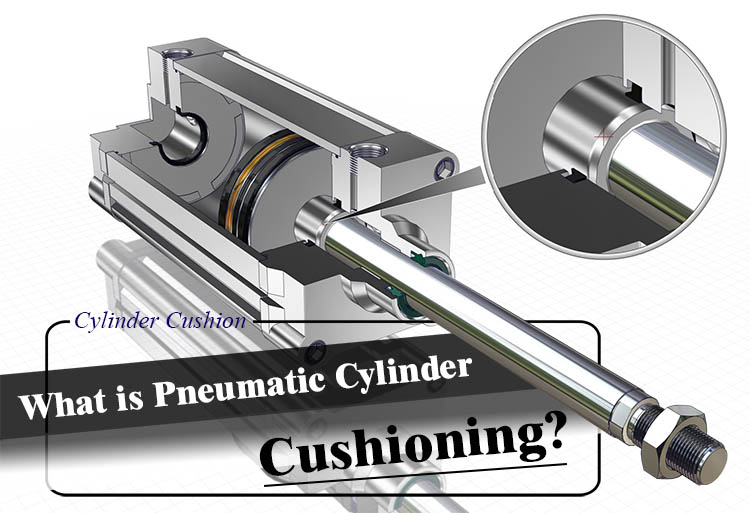
Do you grow weary of the relentless banging of cylinder pistons in your machinery? Have you ever encountered air leaks or loosened components caused by constant impact? In a recent survey by Fescolo, we were surprised to find that many end-users have never utilized the cushioning valves on their cylinders, instead complaining of severe noise and short lifespans in their pneumatic systems. The Fescolo team believes it's essential to help more users understand and apply the cushioning devices already at their disposal.
In the early days of the Industrial Revolution, pneumatic equipment was simple and brutal. Cylinder pistons would often slam directly into the end covers, leading to loose screws, component wear, and even cracked cylinder barrels. Engineers faced a fundamental challenge: how can an object with significant momentum (p = mv) be brought to a smooth stop? According to the impulse-momentum theorem, the change in an object's momentum equals the impulse applied to it (FΔt = Δp). To reduce the impact force F, the only way is to extend the stopping time Δt.
The engineers' first attempt was born from a simple idea, much like "adding a cushion inside a shoe." They placed rubber pads on either side of the piston or inside the end covers to prolong the stopping time. This method is useful for low-speed, low-load, or small equipment. However, engineers quickly discovered its limitations in high-speed, high-load, or large-scale applications. The rubber pads' buffering capacity was severely insufficient and they were prone to rapid aging and detachment, leading to high installation and maintenance costs.
Thus, engineers pioneered a different path, leveraging the cylinder's own compressed air to create a second method: air cushioning. Suitable for medium-speed and medium-load environments, air cushioning is fully integrated within the cylinder, requiring no extra space. Today, it has become a standard feature in most automated cylinders.
Yet, for high-speed, heavy-duty cylinders, air cushioning can prove unreliable. This is where the third method comes into play: external cushioning. The most common form is the hydraulic shock absorber. Mounted on a fixed base, it eliminates impact by converting kinetic energy into heat energy through hydraulic damping. Its principle differs from air cushioning and won't be elaborated on here.

Cylinders equipped with air cushioning have distinct pistons and end covers. The piston features an extended cushioning plunger, while the end cover contains an orifice and a special sealing ring.
During the normal travel of the cylinder, air exhausts freely through the main port, and the cushioning remains inactive. As the piston approaches the end of its stroke, the cushioning plunger inserts itself into the sealing ring. This action cuts off the main exhaust path, trapping the air in a semi-sealed chamber. The only escape route for this trapped air is through a tiny, adjustable throttle orifice around the needle valve.
With the exhaust passage now severely restricted, the air cannot escape quickly. As the piston continues its forward motion, it vigorously compresses the trapped air. The piston's kinetic energy is transformed into pressure energy within the chamber, creating a powerful opposing force (back pressure) that acts as a brake. This resistance rapidly decelerates the piston. Through this process, the piston slows from high speed to a complete stop within a very short cushioning travel (typically just a few millimeters), finally meeting the end cover gently and without impact.
The cushioning force can be finely tuned using the needle valve located beside the cylinder's ports:
Clockwise (tighten): Reduces the orifice size, making exhaust more difficult. Back pressure builds faster, increasing the cushioning force and creating a more abrupt deceleration.
Counter-clockwise (loosen): Enlarges the orifice, allowing air to exhaust more freely. Back pressure builds slower, decreasing the cushioning force and resulting in a softer deceleration.
For practical adjustment, start by unscrewing the needle valve counter-clockwise. Actuate the cylinder; you should hear the piston hitting the end cover. Now, slowly turn the valve clockwise until the impact sound completely disappears. At this point, the cushioning is optimally set.
It is crucial to remember that cushioning is load-dependent. If the load changes, the cushioning must be readjusted for the best performance.
If the requirements for cylinder speed are low, there is another straightforward, though less refined, method to reduce impact: using a throttle valve to control the intake flow. This leads to another common question:How can you change a cylinder's speed?
The most effective and common method is exhaust throttle control. This involves installing a throttle valve at the exhaust port to restrict the rate at which air escapes the cylinder. As exhaust is hindered, back pressure rises throughout the stroke, acting like an "invisible hand" that smoothly slows the piston. For more detailed information, please visit our throttle valve product page.
The adjustable air cushion is a clever passive energy-absorption device that utilizes fluid throttling principles and the compressibility of air. By artificially creating and controlling exhaust back pressure, it converts the kinetic energy of moving parts into heat and pressure energy, dissipating it over a short period to achieve a smooth deceleration.
Its adjustability grants it powerful adaptability, allowing engineers to optimize performance on-site based on actual load and speed. This is why it has become a standard feature in industrial cylinders. However, engineers must also understand its limits. In ultra-high-speed or heavy-load scenarios, more robust solutions like hydraulic shock absorbers remain necessary.
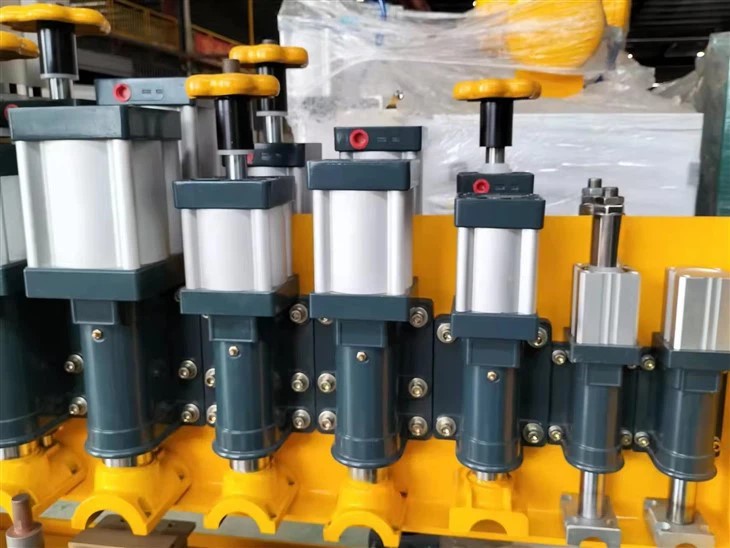 Standard vs Custom Cylinder: Key Differences in Advantages and Disadvantages
Standard vs Custom Cylinder: Key Differences in Advantages and Disadvantages
 What is Pneumatic Cylinder Cushioning?
What is Pneumatic Cylinder Cushioning?
 How to remember ester vs ether quickly?
How to remember ester vs ether quickly?
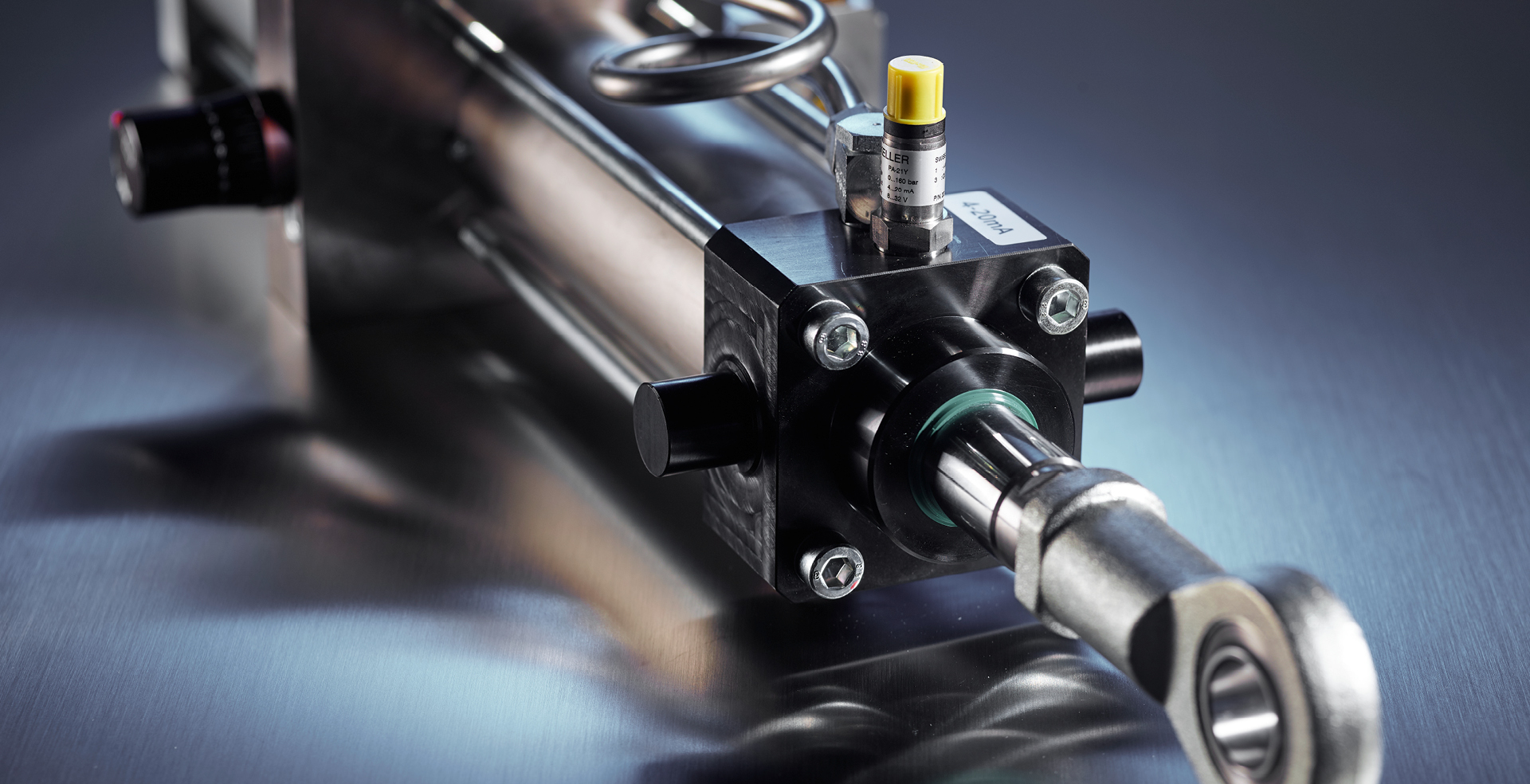 5 critical phenomenons for Pneumatic Cylinder Failure and How to Prevent Them
5 critical phenomenons for Pneumatic Cylinder Failure and How to Prevent Them
 2 key analyses of reed sensor state detection in automation control
2 key analyses of reed sensor state detection in automation control
You May Interest In
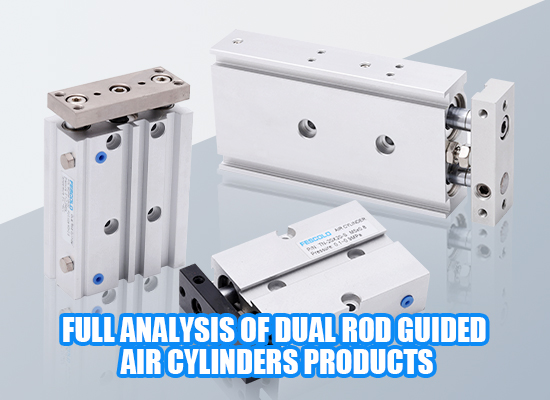

Jul 30, 2025 Blog
Comprehensive Guide to Compact Air Cylinders


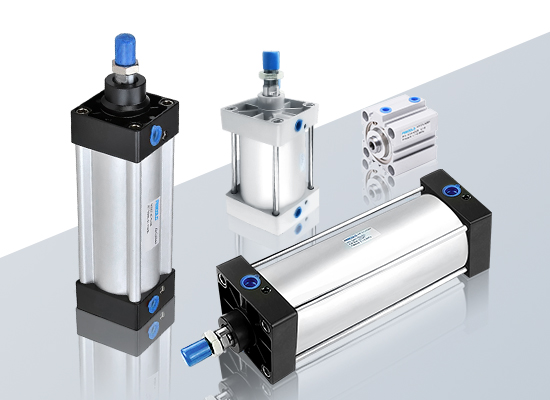
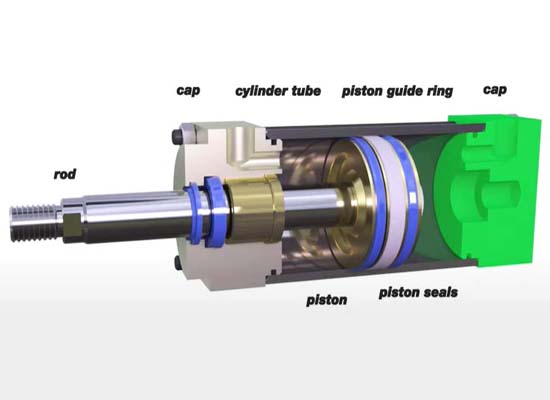
Apr 23, 2025 Blog
Exploring the Critical Parts of a Pneumatic Cylinder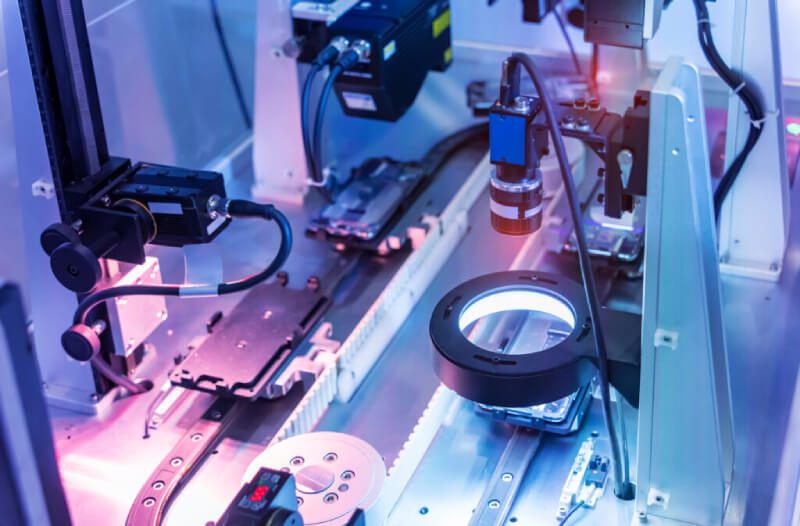
Apr 23, 2025 Blog
anti-rotation cylinder
Mar 28, 2025 Blog
Leakage Prevention and Sealing Methods in Cylinder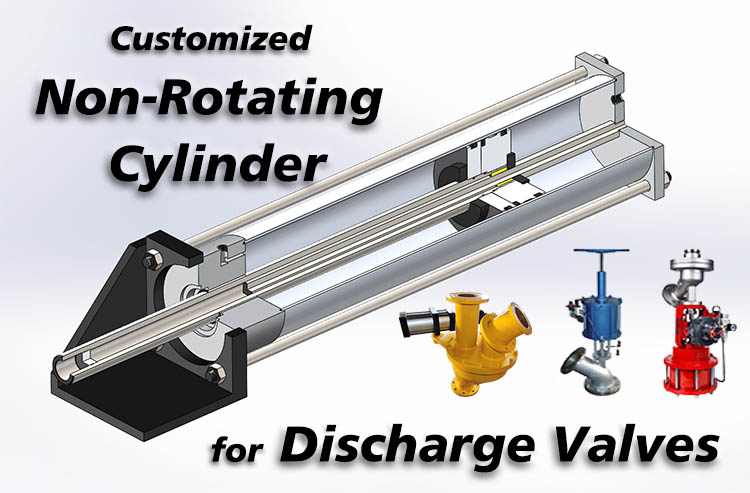
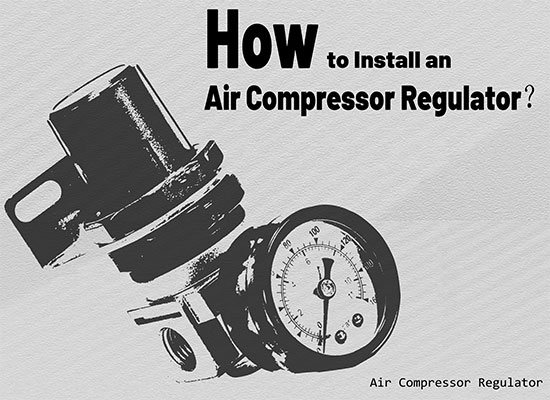
Mar 18, 2025 Blog
How to Install an Air Compressor Regulator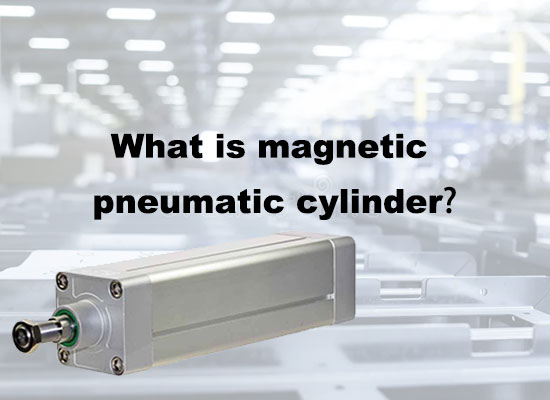
Mar 13, 2025 Blog
What is Magnetic Pneumatic Cylinders?
Mar 10, 2025 Blog
Compact Anti-Rotation Cylinder with Rod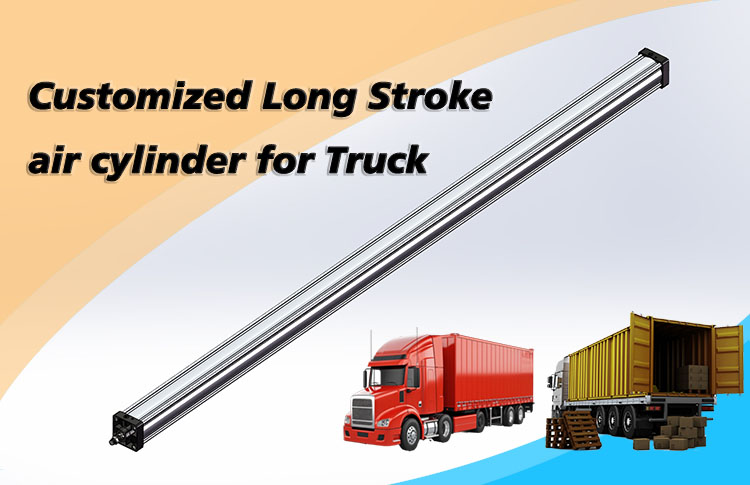
Mar 10, 2025 Blog
Customized Long Stroke Air Cylinder for Truck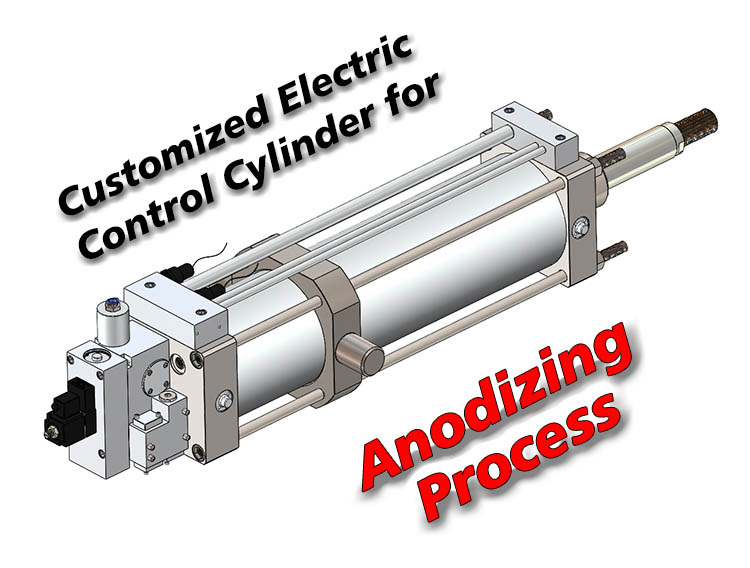
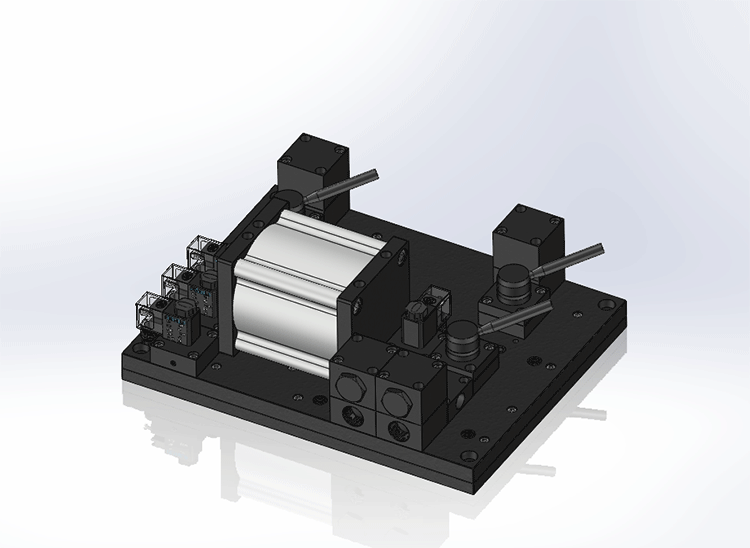
Mar 10, 2025 Blog
Customized Combination Manifold Valves
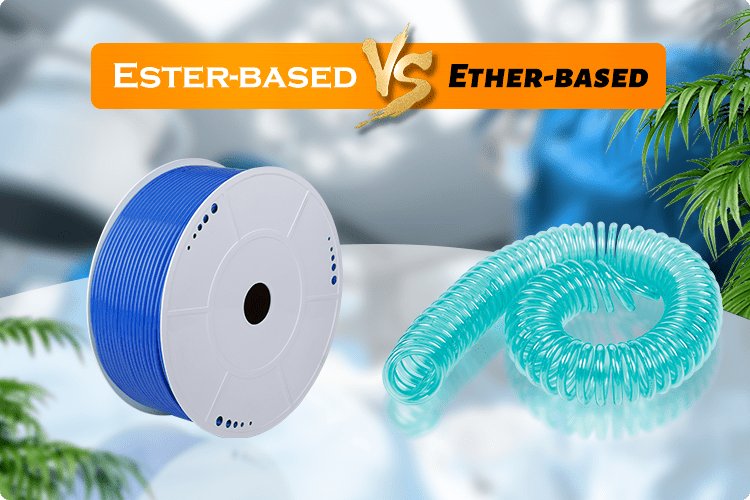
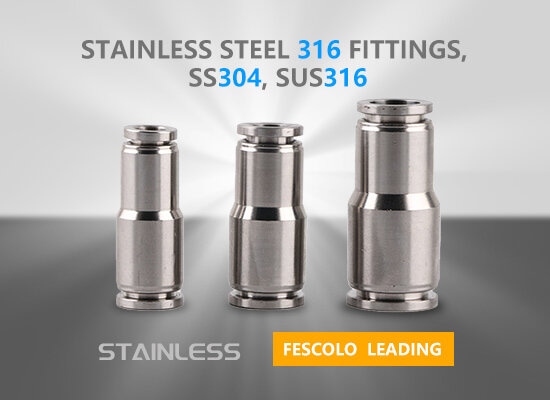
May 16, 2019 Blog
STAINLESS STEEL 316 FITTINGS, SS304, SUS316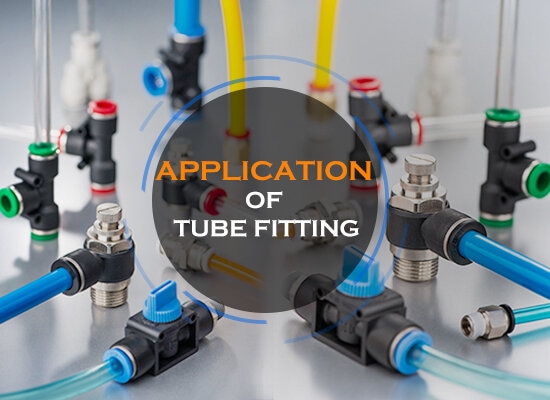
May 03, 2018 Blog
Application Of Tube Fitting
Jun 08, 2018 Blog
Why Do You Choose Our Air Cylinder kits?
Feb 09, 2018 Blog
How much you know about globe valve?FOKCA ©1998-2025 Fescolo Pneumatic All Rights Reserved Sitemap